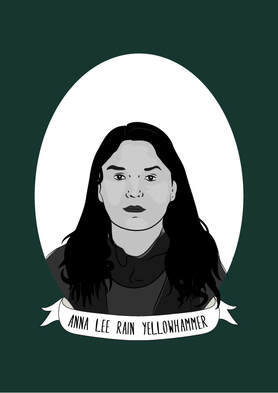| Guiding Thought Question: Do an internet search of one of the following people to find out more information about them and write up an explanation of why people should know about them in the context of the modern environmentalism movement. In your explanation include their background, what type of work did they do/how did they effect the environmental movement, and a theory on why they are not as well known in the environmentalism discussion. - Mardy Murie - Biologist - Anna Lee Rain Yellowhammer - Activist - David Archumbault II - Activist - George Washington Carter - Agricultural Scientist - Majora Carter - Urban Revitalizationist - George Masa - Photographer Today's Learning Objective: Students will examine how the actions of non-politicians can have an effect on the development of governmental policy by examining the work of past and present conservationists. Central Question: What actions can people take to effect change within the government? (1.2.b) |
|
0 Comments
Leave a Reply. |
Environmental Policy Class ForumWelcome to the Forum! Here is where you will be answering your daily warm-up questions. Please do not enter your last name for privacy reasons, and you may use a nickname if you would like (Just make sure Mr. Tredinnick is aware of the nickname you are using). Write out thoughtful responses to the forums on the days they are assigned. If you miss a day please take it upon yourself to complete the Forum you missed. Each Forum has the targeted Learning Objective(s) there so you can see what the focus of the day's class will be. Archives
November 2022
Categories |

 RSS Feed
RSS Feed
